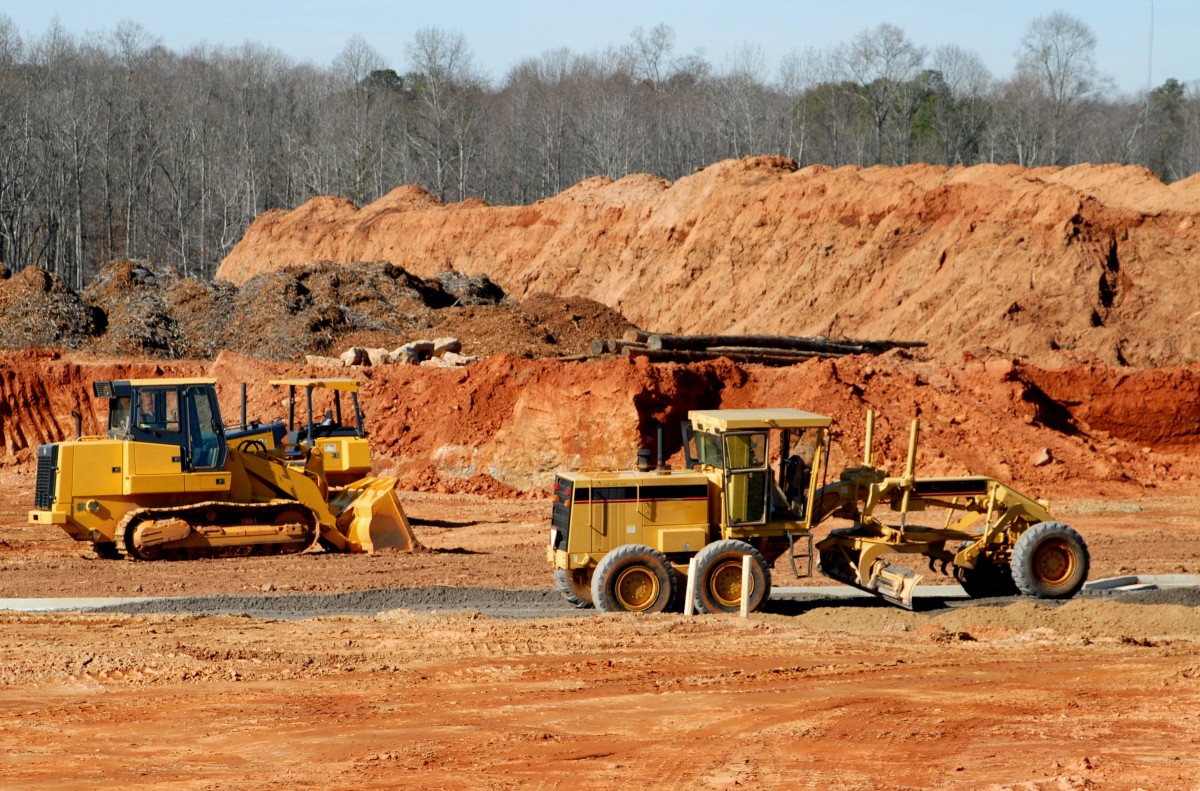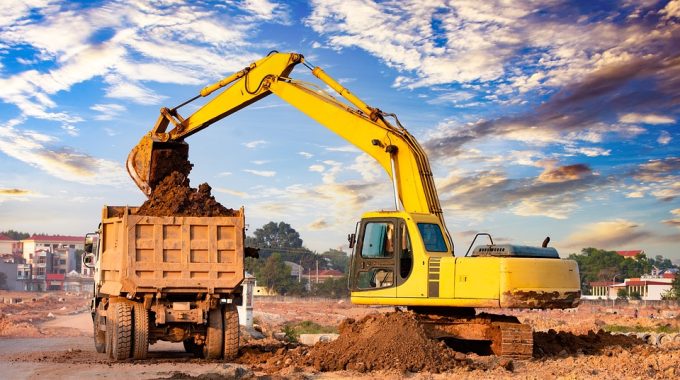Is It Worth Investing in Earthmoving Equipment Maintenance
An entrepreneur can own equipment for many reasons, as long as he can justify its use for at least 50 per cent (%) of his business. The use and frequency of use of equipment are two factors that weigh in the balance. Add to that the criticality of the work to be done at the right time. Hence the importance of being able to count on well-maintained, safe equipment to work on construction sites and do good business.
Each specialized contractor uses various equipment to perform their contracted work. If the contractor is involved in excavation, earthmoving, roadwork and civil engineering, he needs multiple machinery, trucks, transport trailers and other equipment. The same is true for companies specializing in construction, whether for carpentry, masonry, plumbing or electrical work.
Of course, renting equipment or subcontract work that requires it is always possible, such as drilling a tunnel, using a mobile crane or a high-capacity concrete pump. But this is not the case for common and frequent-use equipment; the contractor needs to have this equipment when he needs it, without depending on a supplier, especially since leasing will cost 30% more, with the risk of unavailability or being less competitive on the contractual level.
The unavoidable dilemma of maintenance expenses

A company that does not maintain its equipment properly is not at an advantage. When mechanical breakdowns occur on-site due to lack of maintenance, it is not only the repair cost that is expensive. It is also an investment to support that does not bring income to the company when this equipment is not available to perform work.
At $200 and more per billable hour, the loss of revenue from this immobilized equipment climbs quickly. This loss can even represent tens or hundreds of thousands of dollars if the defective equipment paralyzes a job site with several workers.
The question is: can the company maintain its equipment in-house, or should it outsource it? The answer is less simple. It’s worth not doing it yourself if the equipment fleet is not valuable or mission-critical.
Different types of equipment management emphasize the strategic role of equipment maintenance for a company. This maintenance activity consists of carrying out various operations that allow the equipment to maintain its potential to ensure continuity and quality of production and safety of operation.
There are two main types of maintenance: corrective maintenance performed after a breakdown or mechanical failure, and preventive maintenance performed to prevent breakdowns, premature wear and tear and breakage. Both involve various interventions, either on an emergency basis with loss of productivity in the first case or on a scheduled basis outside of work shifts without restricting production in the second case.
Corrective maintenance
The type of maintenance typically done on the job site: equipment breaks down or fails and is repaired. In corrective maintenance, which often occurs during an equipment shutdown, the intervention may be temporary to ensure its repair or require a repair with the immobilization of the equipment. It may also involve the addition of improvements to eliminate or reduce breakdowns.
Preventive maintenance
Preventive maintenance involves structuring and planning interventions. It can be done based on monitoring routines, adjustments and minor corrections; self-maintenance by equipment operators; periodically according to time or operating cycles; or systematically for critical equipment components according to their life span and reliability characteristics; or in a conditional mode according to measurements or signals revealing the state of degradation (predictive oil analysis, vibration analysis, thermography).
It is the most practical approach to reduce repair costs and lost revenue, increase productivity, improve worker safety and extend the life of the equipment. Furthermore, implementing a preventive maintenance program will allow the collection of a lot of data on each piece of equipment used. This data will provide a better overview of the condition of the company’s equipment, allowing it to anticipate and plan its investments for their eventual replacement. Typically, an investment in preventive maintenance pays for itself over one or two years.
Less an expense than an investment…
There is no doubt about the profitability of the exercise in the accounting balance. The savings generated are much more important than the costs of developing an in-house preventive maintenance service, depending on how they are accounted for. An expense made to improve equipment is not just an expense; it can also be an asset on the balance sheet. Unfortunately, many companies put all maintenance expenses in the same basket. This leads the company to make decisions based on the wrong indicators.
Therefore, when it comes to equipment maintenance, it pays to think long-term and consider interventions in terms of investment rather than immediate expenses.

